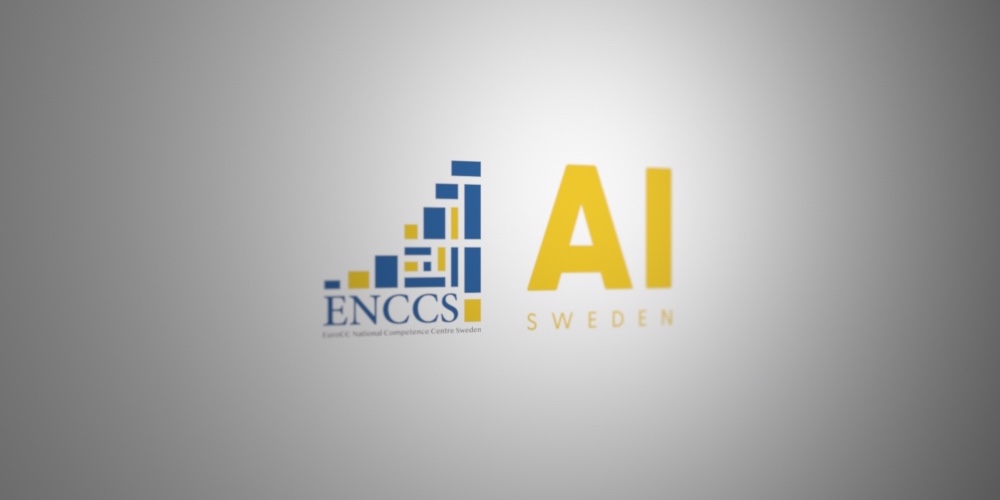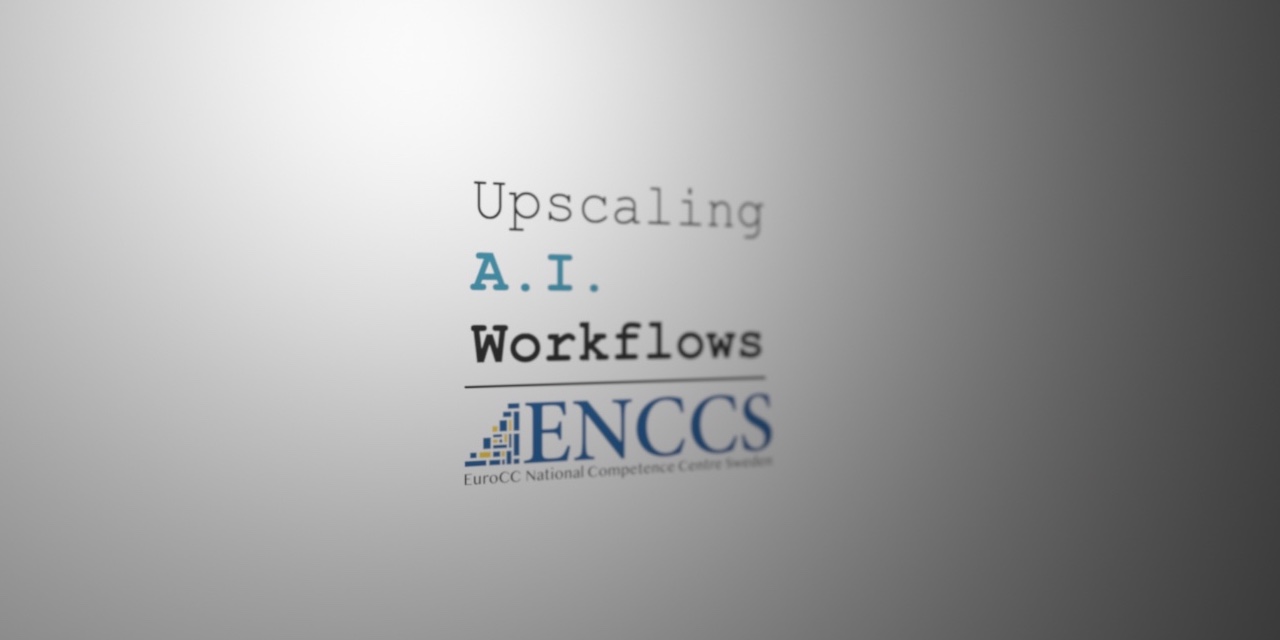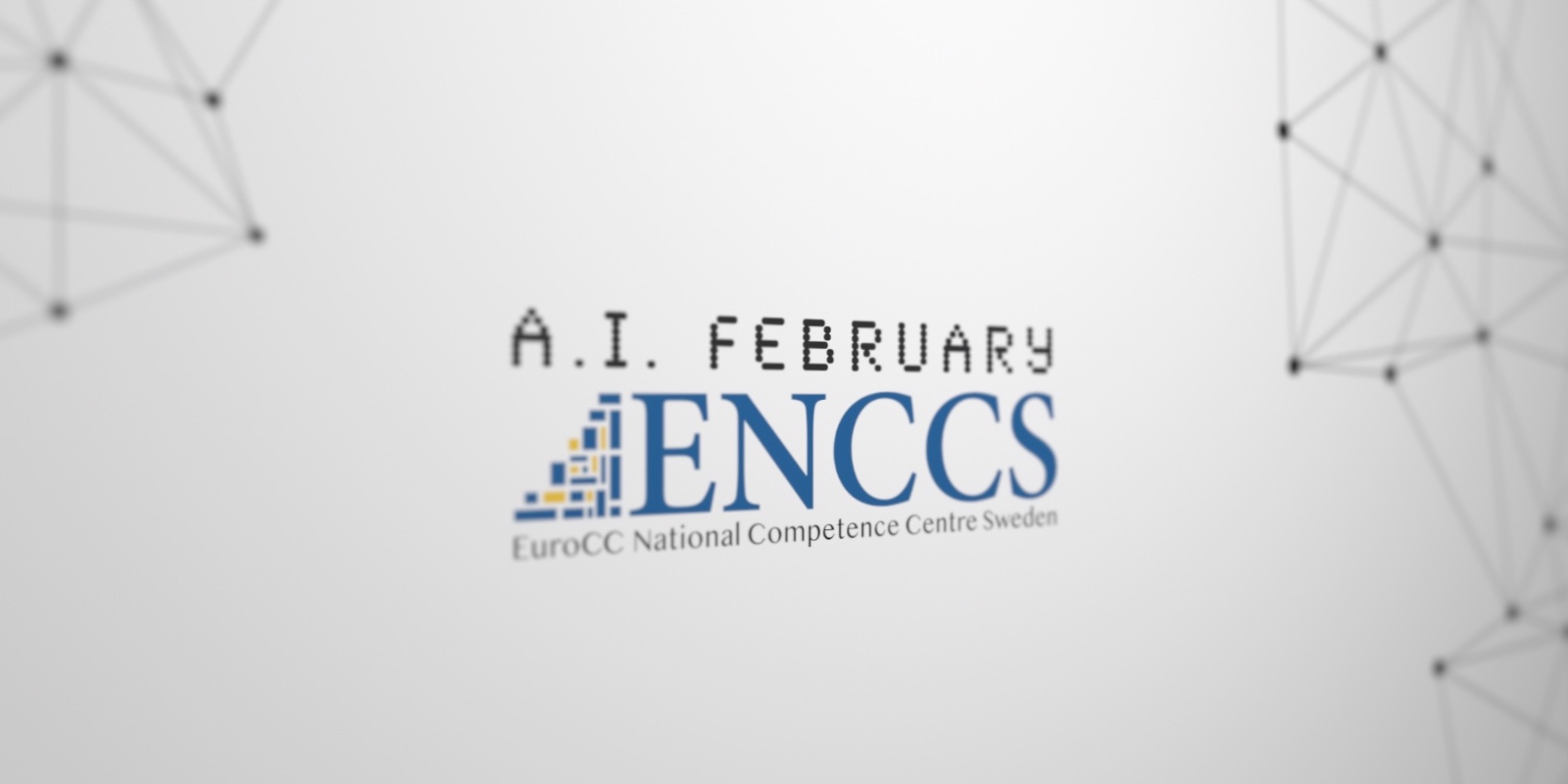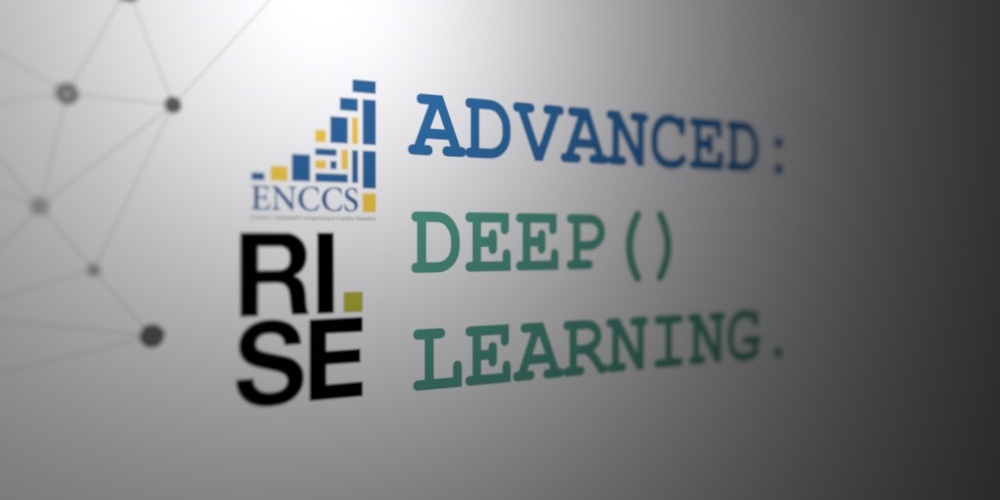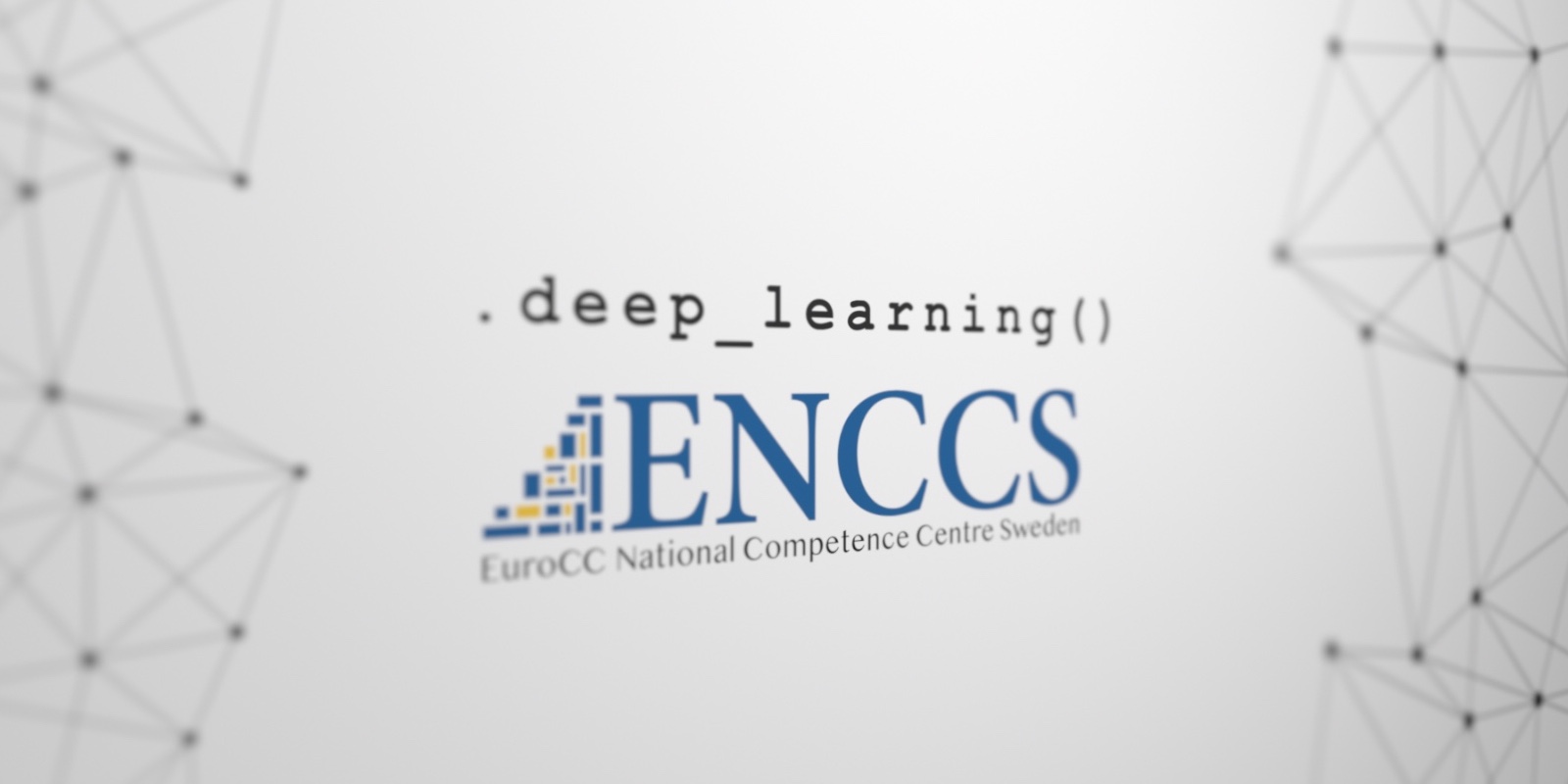The NLU team at AI Sweden has gained access to VEGA to experiment with a Swedish GPT model.
In this workshop, we overview the basics of Docker and Singularity. (Working knowledge of Singularity as given in the workshop (https://www.uppmax.uu.se/support/courses-and-workshops/singularity-workshop-announcement) is desirable.) Distributed training using TensorFlow and Horovod frameworks on a supercomputer will be covered. Moreover, it will be shown how to use Singularity containers in conjunction with TensorFlow and Horovod to upscale an AI app.
Has the thought passed your mind to get acquainted with A.I., machine learning or deep learning? Or maybe […]
In recent years, Graph Neural Networks (GNNs) and Transformers have led to numerous breakthrough achievements in a variety of fields such as Natural Language Processing (NLP), chemistry, and physics. By doing away with the need for fixed-size inputs, these architectures significantly extend the scope of problems in which deep learning can be applied.
The use of Deep Learning has seen a sharp increase of popularity and applicability over the last decade. While Deep Learning can be a useful tool for researchers from a wide range of domains, taking the first steps in the world of Deep Learning can be somewhat intimidating. This introduction aims to cover the basics of Deep Learning in a practical and hands-on manner, so that upon completion, you will be able to train your first neural network and understand what next steps to take to improve the model.

